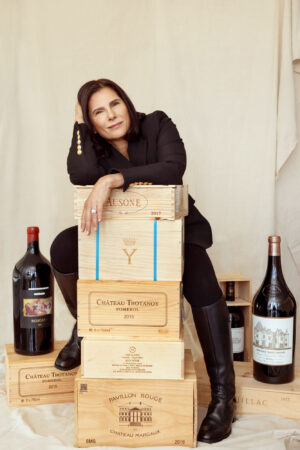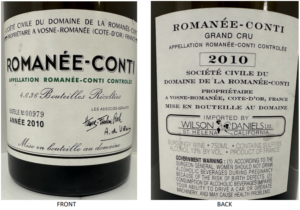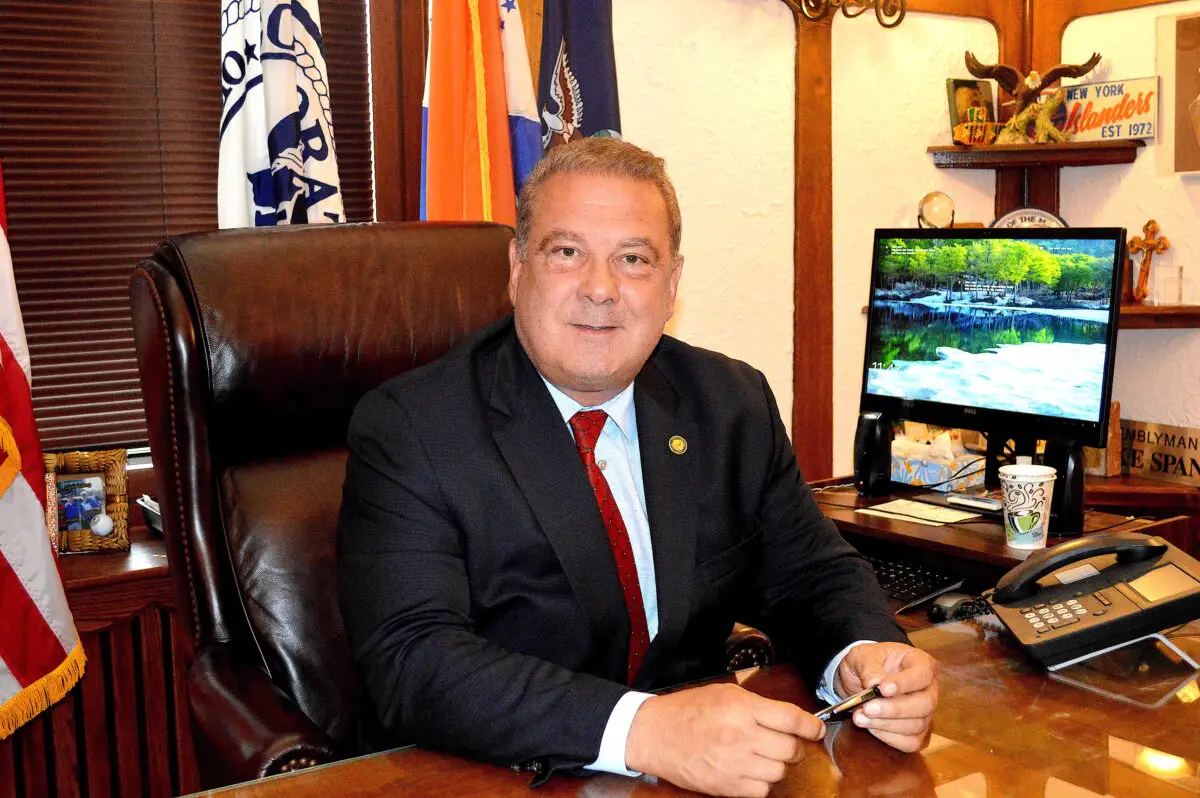
Carol Cohen knows great wine. Perhaps more to the point, she knows what is not great wine. Based in Stamford, the food professional-turned-wine sleuth offers three white-glove services, namely wine valuation, cellar management and authentication.
As a member of the Appraisers Association of America, she prepares USPAP-compliant appraisal reports not only for insurance purposes but also wills and probate, loan collateral, charitable donations and even divorce settlements.
Cellar management services involve inventoring and cataloguing each bottle in a collection, entry into a tracking system and advice on sale and purchase.
But although the various disciplines cross over to some extent, it’s the third one, wine authetication, which gives rise to the name of the business and what Cohen primarily does – she describes herself foremost as a wine authenticator.
Growing up in Niagara county and later living in Westchester for many years, Cohen actually started her career in the food. She worked for a time with Martha Stewart as a recipe developer and researcher, then went to Kraft Foods and was a food editor at Bauer Publishing before deciding that, as she puts it, she “needed to know more about wine.” She completed a diploma program in New York with the UK-based Wine & Spirit Trust but at the end of it didn’t feel especially driven towards working in (wine) retail or in a restaurant.
An introduction to an elderly wine authenticator in Connecticut and a tour of his cellar – where he indicated that the some of the beguiling, large-format bottles of Mouton-Rothschild and Lafitte were in fact complete fakes – more than piqued her interest in the field. He showed her the labels and pointed out what was incorrect. “I just was fascinated by it,” she recalls. “I’m a Dateline fanatic and there’s always something that the person does wrong – they always make a mistake.”
It’s the same with wine fraud. “You pick up a bottle you just know isn’t right, and you say to yourself, ‘I have to find out why.’” Finding out involves analysis of the glass, the label, the cork and the capsule (the plastic, aluminum or tin sleeve on top of the bottle which protects the cork.) “Refills” are another fraudulent trick, where authentically labeled and original bottles are refilled with wine which is not the real thing. A professional examination of the cork and capsule should reveal that particular decption. A downside for the fine wine-loving Cohen? While authenticators will ask questions such as “does the color and/or sediment look appropriate?”, they don’t actually taste the wine.
In our recent conversation, Cohen drew my attention to the 2016 documentary, “Sour Grapes,” about the wine savant Rudy Kurniawan, who conned investors out of millions of dollars. Maureen Downey, the internationally renowned authenticator under whom Cohen trained, was very involved in working with the FBI on Kurniawan’s case.
A variety of lights and flashlights, and a camera and microscope to examine the paper and ink of a label are some of the tools of Cohen’s trade, although sometimes they prove unnecessary. In a delightful anecdote, she recounted how after bringing all her skills to bear in examining the label on the front of a bottle of prized bottle of Romanée-Conti 2010, and finding nothing untoward, one look at the label on the rear told her everything she needed to know. Othewise perfect, “Burgundy Wine” was spelled “Burgungy.” No tools necessary.
She had to laugh.
For more, go to finewinespy.com























